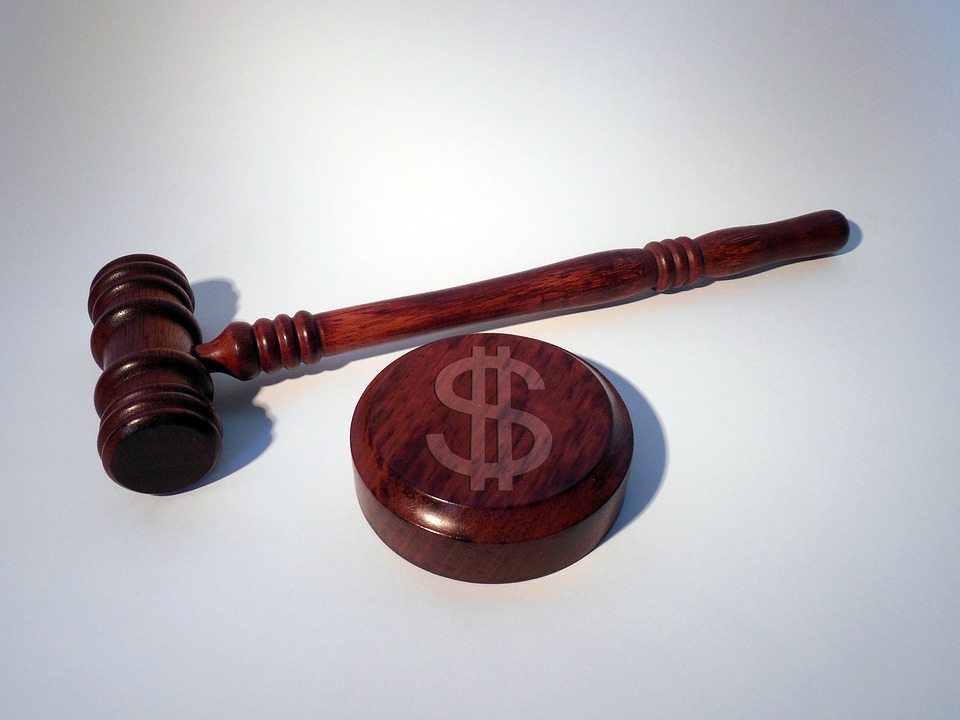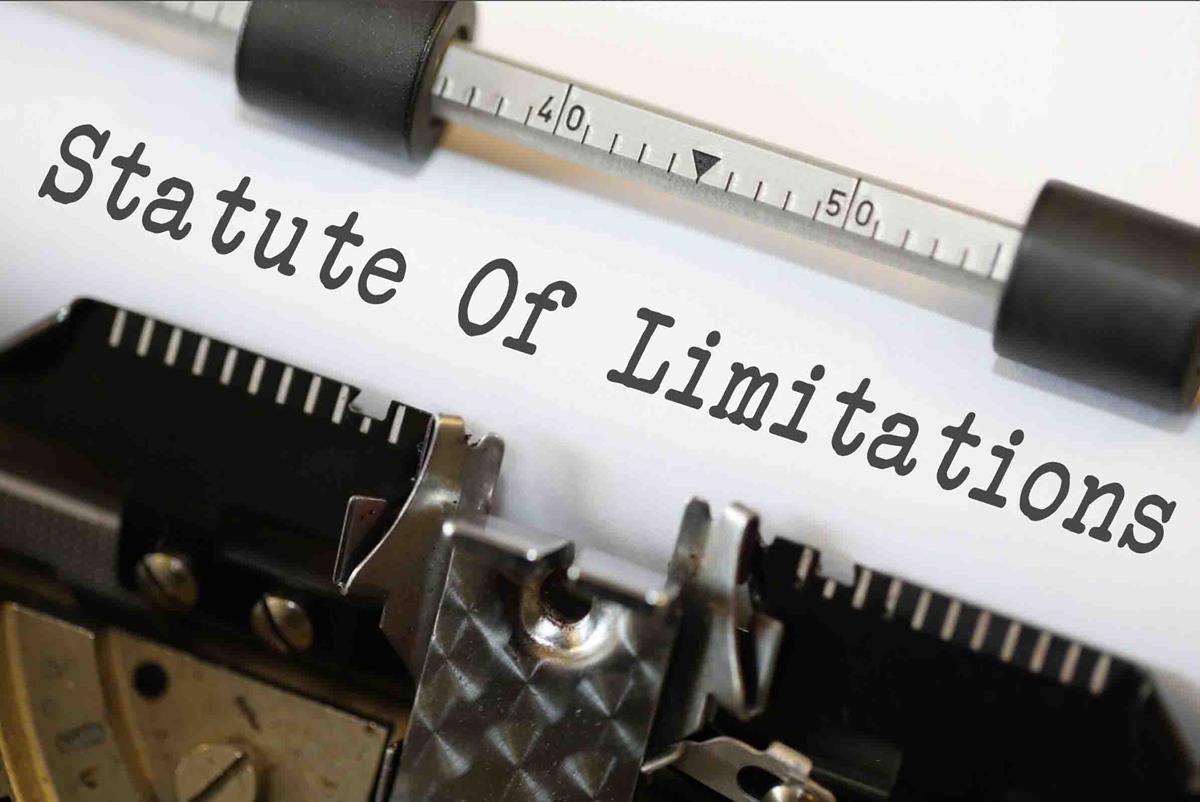I have been out of the blogging world for a while and have a stack of interesting cases and articles piled up on my desk to write about. Today, I am going to ease back into things and highlight an Illinois Appellate case that came down earlier this year that lays out what needs to be alleged in a legal malpractice complaint to fulfill the element of “actual damages.”
In Fox v. Seiden, the Court held that a client sustained “actual damages” – for purposes of stating a claim for legal malpractice – when an adverse judgment was entered against a client, even though the client never paid the judgment (as long as it is alleged in a legal malpractice complaint that an adverse judgment was entered in the underlying case the payment of the judgment by the client is not required).
In the opinion, Justice Garcia, distinguished between an attorney’s negligence prosecuting a case and negligence in defending a case, holding that to show actual damages in a “prosecution-type” case, the client must show – in the case within the case – the damages the client would have recovered but for the attorney’s negligence. However, to show actual damages in a “defense-type” case, damages may be shown by the entry of an adverse judgment against the client, even though the judgment has not been paid.
In alleging “actual damages” the Court points out that it is the plaintiff’s burden in a legal mal case that she was injured and suffered a loss for which she can seek monetary damage. The argument here is that since the judgment has not been paid the plaintiff has not yet suffered a monetary loss and therefore, cannot allege actual damages. However, with this opinion (which relies on the opinion of the Illinois Supreme Court in Northern Illinois Emergency Physicians v. Landau) holds that the adverse judgment is enough – the fact that the plaintiff has yet to pay the judgment is irrelevant – she still has suffered a damage because she now owes a debt that she wouldn’t have owed if her attorneys would not have been negligent.




 A recent Illinois Appellate decision (Warnock v. Karm Winand & Patterson) stemming from a failed real estate sale addresses the issue of when the two-year statute of limitations begins to run in a legal malpractice case – is it 1) when the underlying action is first filed and the client is put on notice that his attorney(s) may have been negligent or 2) when a decision is rendered in the underlying action resulting in a monetary loss for the client due to the lawyer’s negligence. In it’s decision the Appellate Court found that in the majority of legal malpractice cases the answer is the latter, saying “in Illinois, a ’cause of action for legal malpractice will rarely accrue prior to the entry of an adverse judgment, settlement, or dismissal of the underlying action in which the plaintiff has become entangled due to the purportedly negligent advice of his attorney.'” (citations omitted). The Court further stated, “[t]he existence of actual damage…is essential to a viable cause of action for legal malpractice.”
A recent Illinois Appellate decision (Warnock v. Karm Winand & Patterson) stemming from a failed real estate sale addresses the issue of when the two-year statute of limitations begins to run in a legal malpractice case – is it 1) when the underlying action is first filed and the client is put on notice that his attorney(s) may have been negligent or 2) when a decision is rendered in the underlying action resulting in a monetary loss for the client due to the lawyer’s negligence. In it’s decision the Appellate Court found that in the majority of legal malpractice cases the answer is the latter, saying “in Illinois, a ’cause of action for legal malpractice will rarely accrue prior to the entry of an adverse judgment, settlement, or dismissal of the underlying action in which the plaintiff has become entangled due to the purportedly negligent advice of his attorney.'” (citations omitted). The Court further stated, “[t]he existence of actual damage…is essential to a viable cause of action for legal malpractice.”